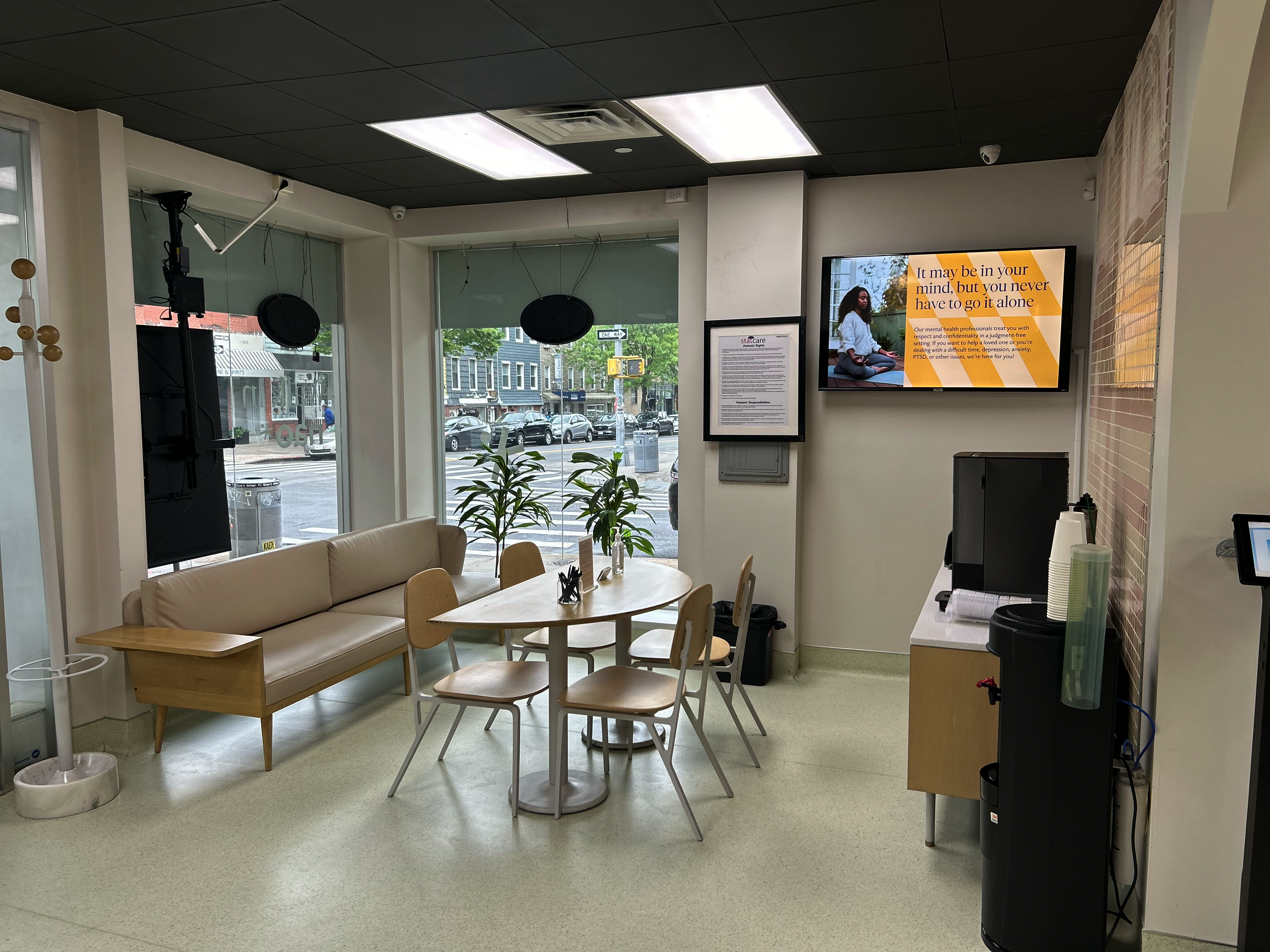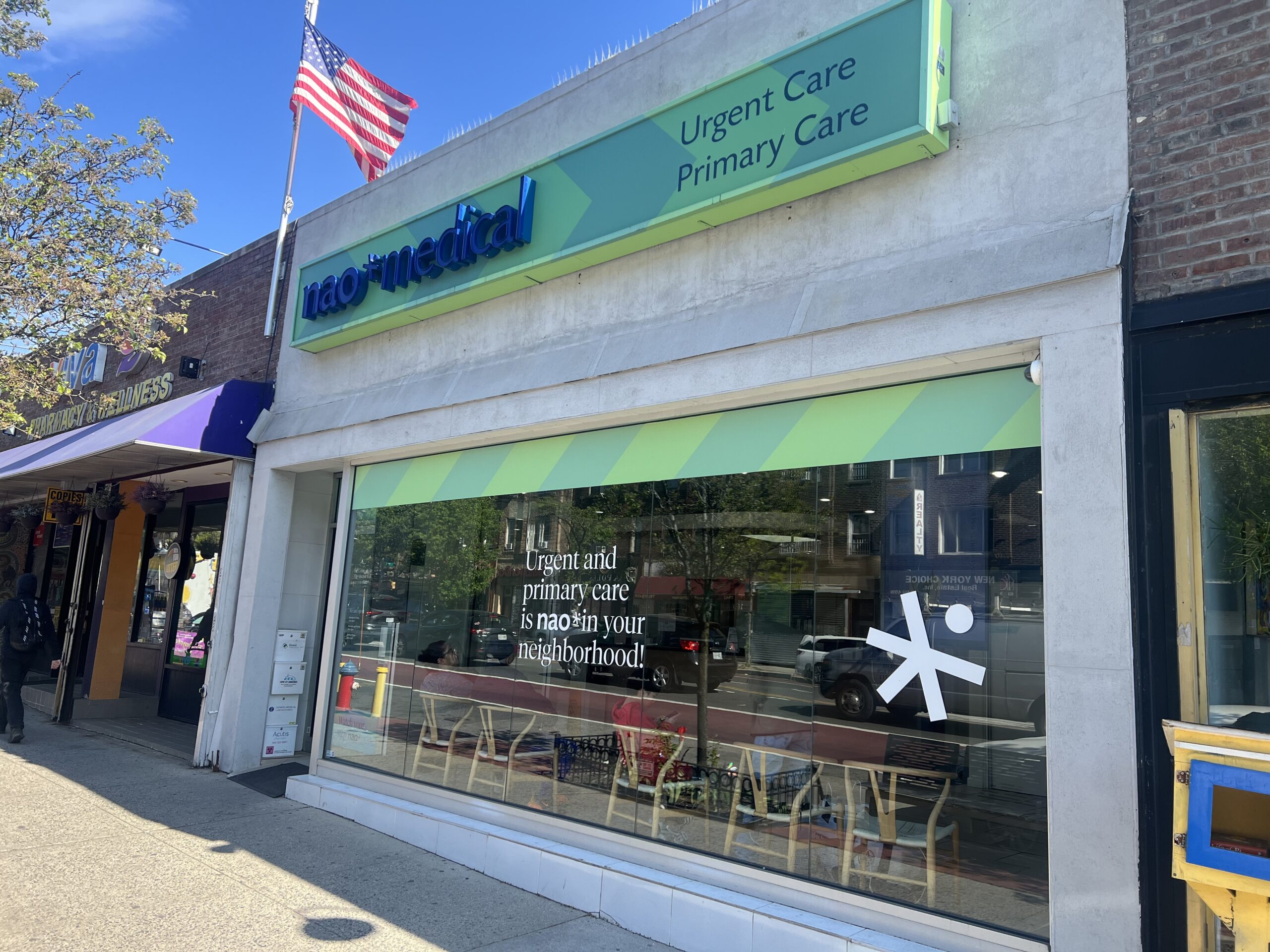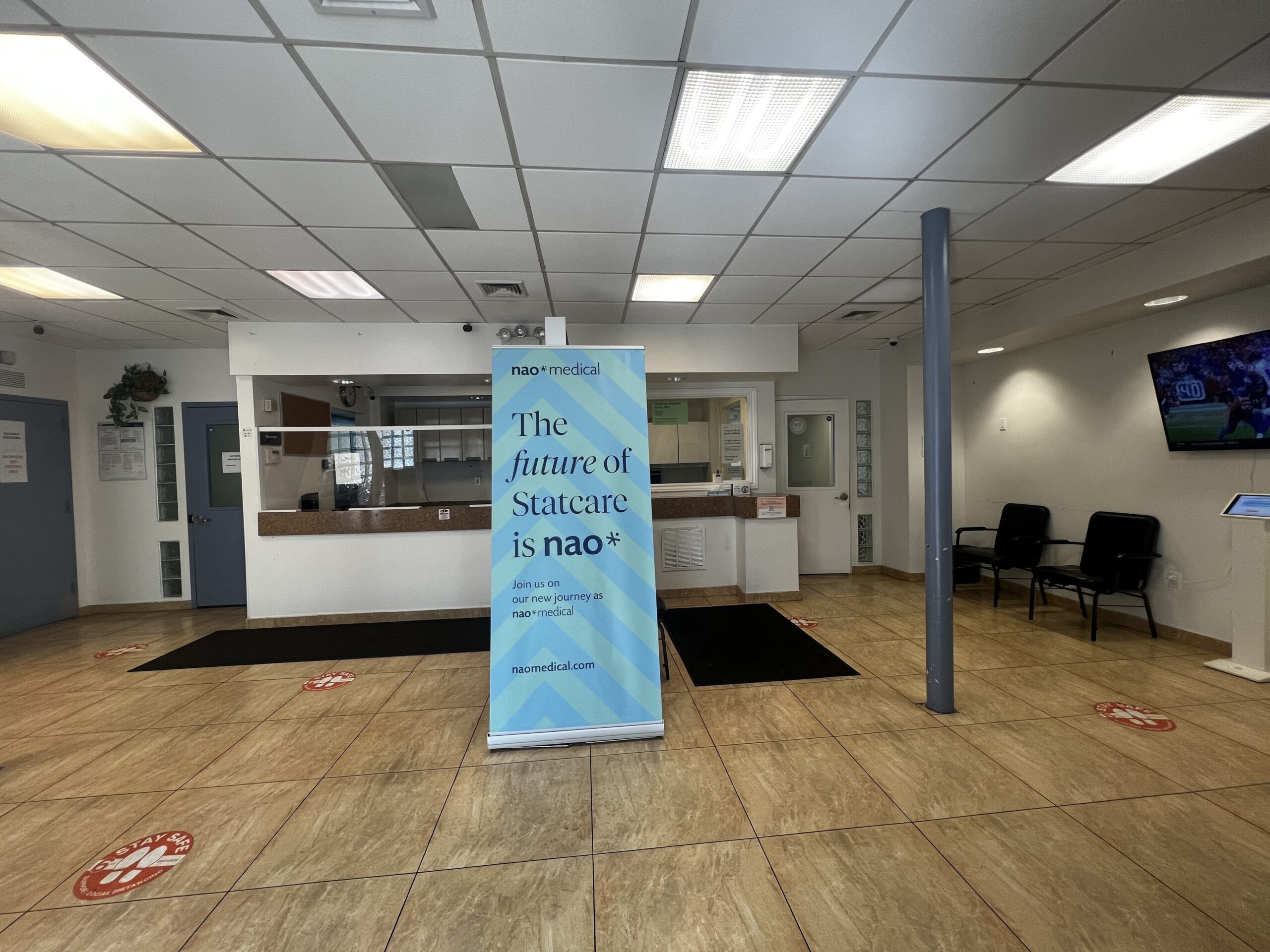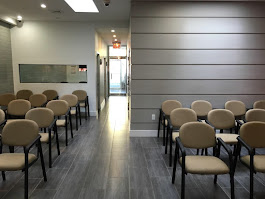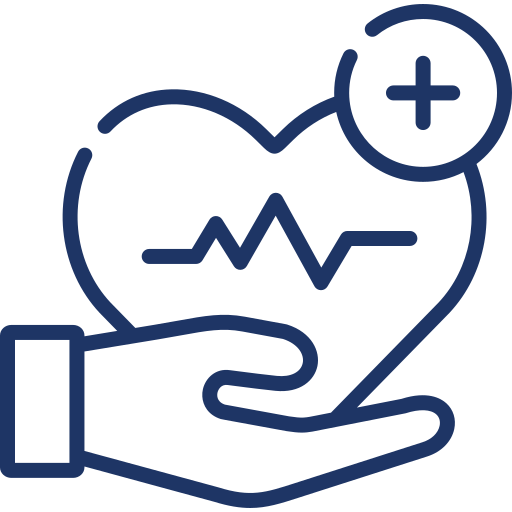December is Seasonal Depression Awareness month, and a great time to become educated and informed about this condition. Although it is similar to general depression, seasonal depression – or Seasonal Affective Disorder (SAD) – is connected to the changing seasons, particularly winter months when days become shorter. Those who experience SAD can feel an overall sense of sadness, negative thoughts, low energy levels, changes in sleeping patterns and difficulty focusing.
SAD is different from the normal changes in mood that many of us experience with changes in the seasons. It’s not as simple as what others call “the winter blues.” If any of these issues persist for long periods of time, consult a medical professional for specialized advice. Remember that support networks are critical in managing winter depression — keep loved ones close and reach out if there is resistance in doing things together. Here’s some information you need to help raise awareness around SAD this December!
What is seasonal affective disorder?
Seasonal Affective Disorder is a type of depression that is most commonly associated with the fall and winter months. It is caused by the decrease in sunlight during these months, which can lead to a disruption of the body’s natural circadian rhythm. This type of depression is known to cause mood changes where people start to feel “down” when the days get shorter in the fall and winter.
According to the National Institute of Mental Health, these mood changes are more serious and can affect how a person feels, thinks, and handles daily activities. Sometimes, people who go through short periods of time where they feel sad or not like their usual selves begin to feel better in the spring when there is longer daylight hours.
Who experiences SAD?
Anyone can be affected by seasonal affective disorder, regardless of age or location. It can be caused by shorter days, reduced sunlight, colder temperatures, and other seasonal changes. During the winter months especially, those who usually struggle with low moods may feel their symptoms are exacerbated by the shorter days and colder weather. People who naturally have lower energy levels or who suffer from depression or anxiety could be more prone to developing SAD.
In addition to these groups of people, anyone who lives in areas with colder winters or spends less time outside during the winter may also be at risk of this condition. While anyone can be affected by SAD, some people are inherently more prone to it such as those who have a family history or personal history of depression. Other demographic factors that make someone particularly at risk of suffering from seasonal affective disorder include being female, young adults or teenagers, and married couples without children.
What are the symptoms of seasonal depression?
Symptoms of SAD can vary in severity and include:
- Feeling depressed: This can include feelings of hopelessness, worthlessness, and sadness most of the day, nearly every day without any particular cause or trigger.
- Having low energy: Feeling constantly tired and with no motivation to do anything.
- Sleep disturbances: Difficulty sleeping, oversleeping, or crashing all the time.
- Changes in appetite: Increased cravings for carbohydrates and weight gain.
- Social withdrawal: Avoiding friends, family and activities that were once enjoyable.
- Lack of concentration: Difficulty focusing on tasks or having difficulty making decisions.
- Irritability: Feeling easily frustrated and impatient.
- Sluggishness: Feeling unmotivated and sluggish.
- Loss of interest in activities: Not having any interest in activities or hobbies that were once enjoyable.
- Frequent thoughts of self-harm: Feeling like it would be better if you weren’t here.
Seasonal affective disorder is a real condition that should not be taken lightly. It can have serious implications on an individual’s health and wellbeing, and should be discussed with a medical professional. If any of these symptoms persist for long periods of time, please seek help from your physician.
How is SAD treated?
The treatment for seasonal affective disorder is to try to reestablish the body’s natural circadian rhythm. This can be done in various ways, such as:
- Light therapy: This involves exposing oneself to a special light box for around 30 minutes each day, which mimics natural outdoor light and can help one’s body reset its internal clock.
- Exposure to sunlight: Spending some time outdoors every day during the daytime can be beneficial, as long exposure to natural daylight helps reset circadian rhythms.
- Exercise: Regular physical activity can help reduce stress and lift mood.
- Psychotherapy: Talking to a therapist can help one find ways to cope with feelings of depression or low moods that are related to SAD.
- Medication: In some cases, antidepressants may be prescribed. Additionally, taking Vitamin D supplements can help boost one’s mood and energy levels.
- Dietary changes: Eating a balanced diet with plenty of fruits and vegetables can help one’s overall wellbeing.
- Relaxation techniques: Taking time to relax through meditation, yoga or other relaxation methods can help ease the symptoms of SAD.
It is important to discuss all your options with a qualified medical professional in order to determine which option is best for you.
What can you do if someone close to you experiences SAD?
If someone close to you is experiencing signs or symptoms of seasonal affective disorder, it is important to be supportive and understanding. Let them know that you are there for them, and encourage them to talk about their feelings. It can also help to do activities together such as going for a walk or doing something fun like playing video games or baking. Doing things together can help build relationships, reduce stress, and lift moods.
Ways to relieve seasonal depression
There are many ways to help relieve the symptoms of seasonal depression, such as:
- Getting enough sleep: Ensure you’re getting between 7-9 hours a night.
- Focusing on self care: Take time for yourself and do something that makes you feel good – this can be anything from reading a book or going for a walk.
- Engaging in creative activities: Doing something creative like drawing, writing or crafting can help reduce stress and lift moods.
- Participating in outdoor activities: Spending time outdoors can help one’s body reset its internal clock and boost Vitamin D levels.
- Spending time with friends and family: Connecting with others can be a great way to cheer up and help one focus on positivity.
- Exercising: Regular physical activity can help reduce anxiety and stress while boosting endorphins in the brain.
Keep seasonal depression away
It’s important to remember that you are not alone, and that help is always available. Let’s work together to make sure no one has to go through depression alone. If you or somebody you know needs assistance in improving mental health, please reach out for support.
At Nao Medical, there is always someone ready to lend an ear and extend a helping hand. Whether through mental health counseling, safe and effective medical treatments, or taking care of your overall health and wellness, our medical experts are always ready to help and make the journey a far gentler experience.
 (917) 310-3371
(917) 310-3371
